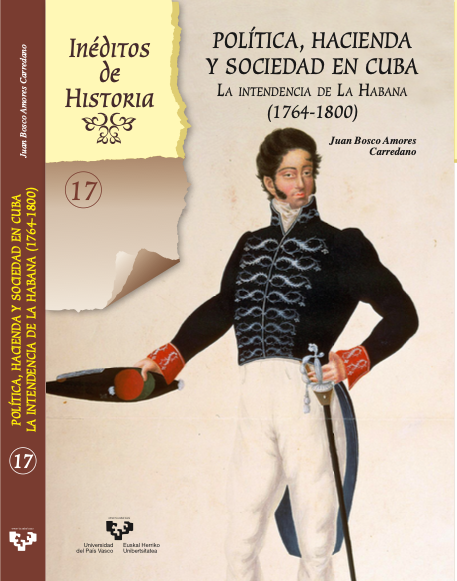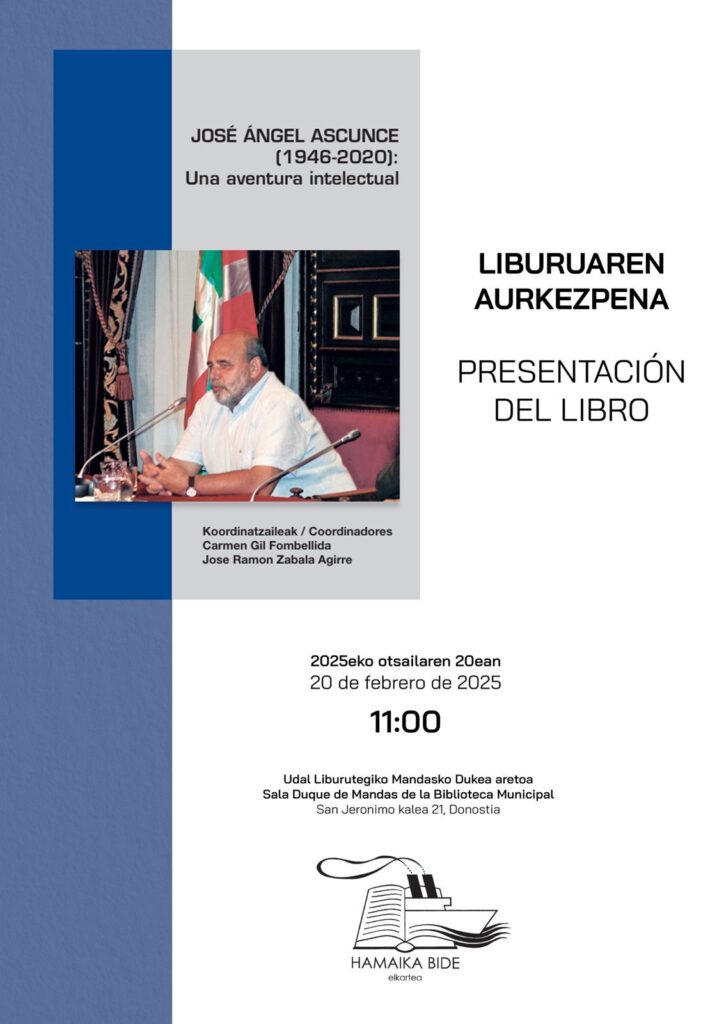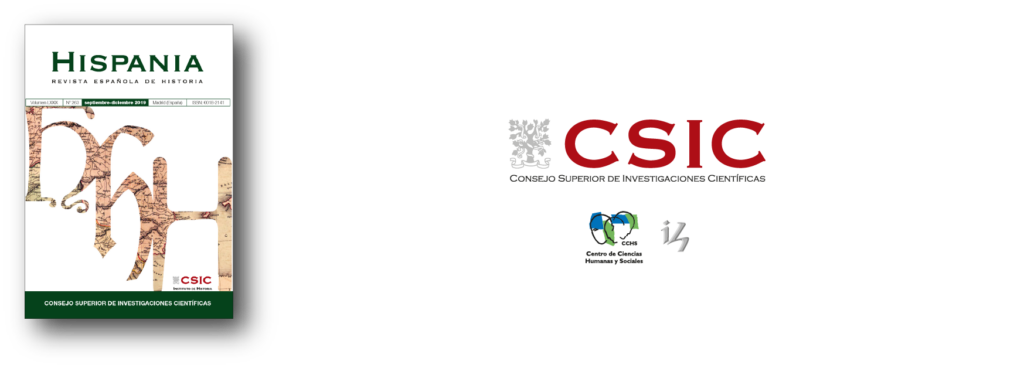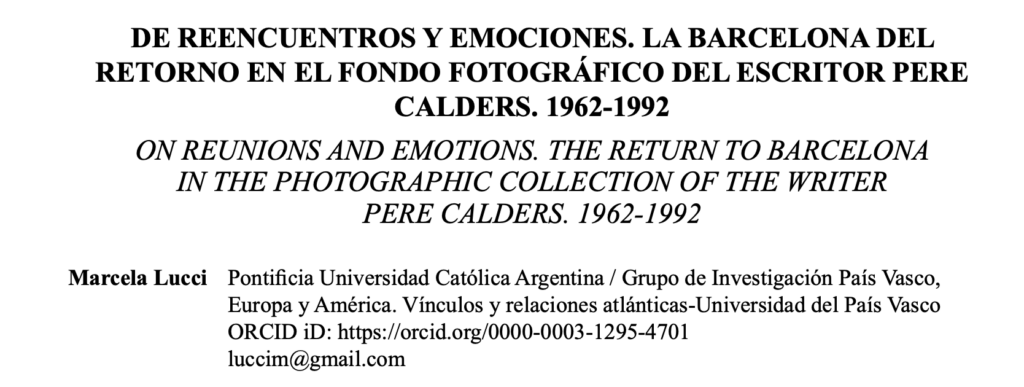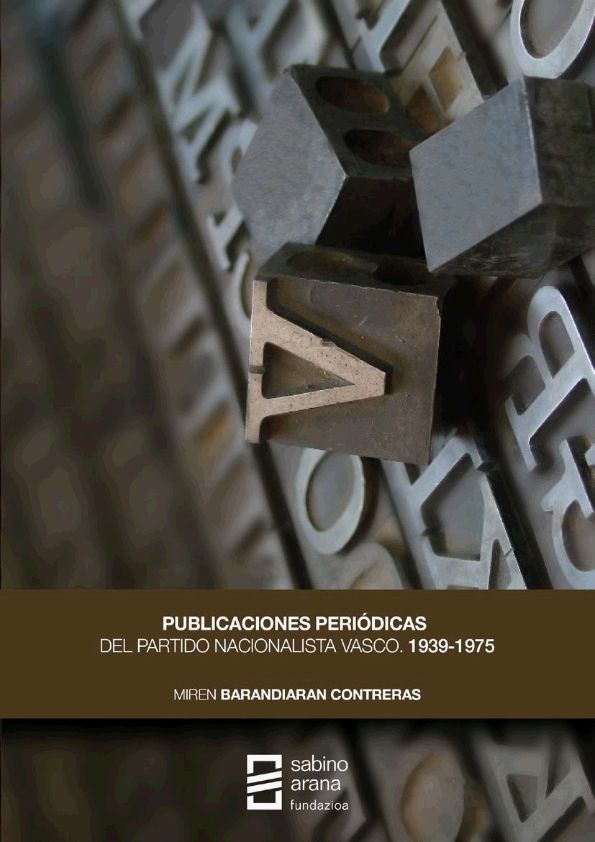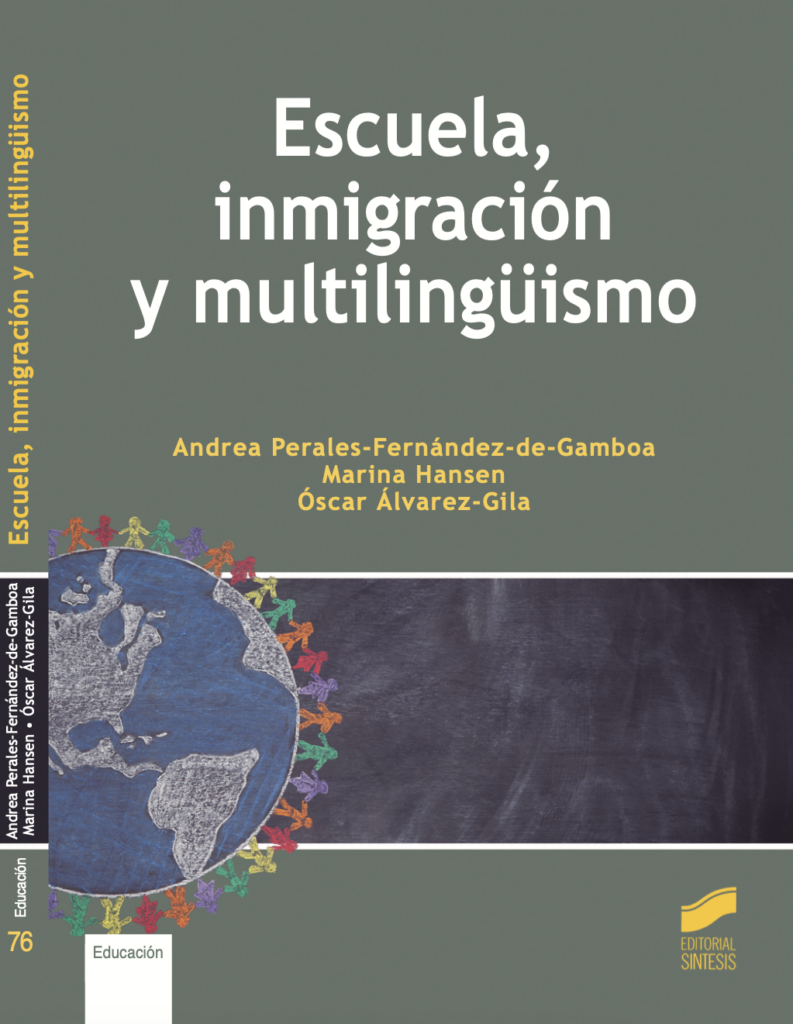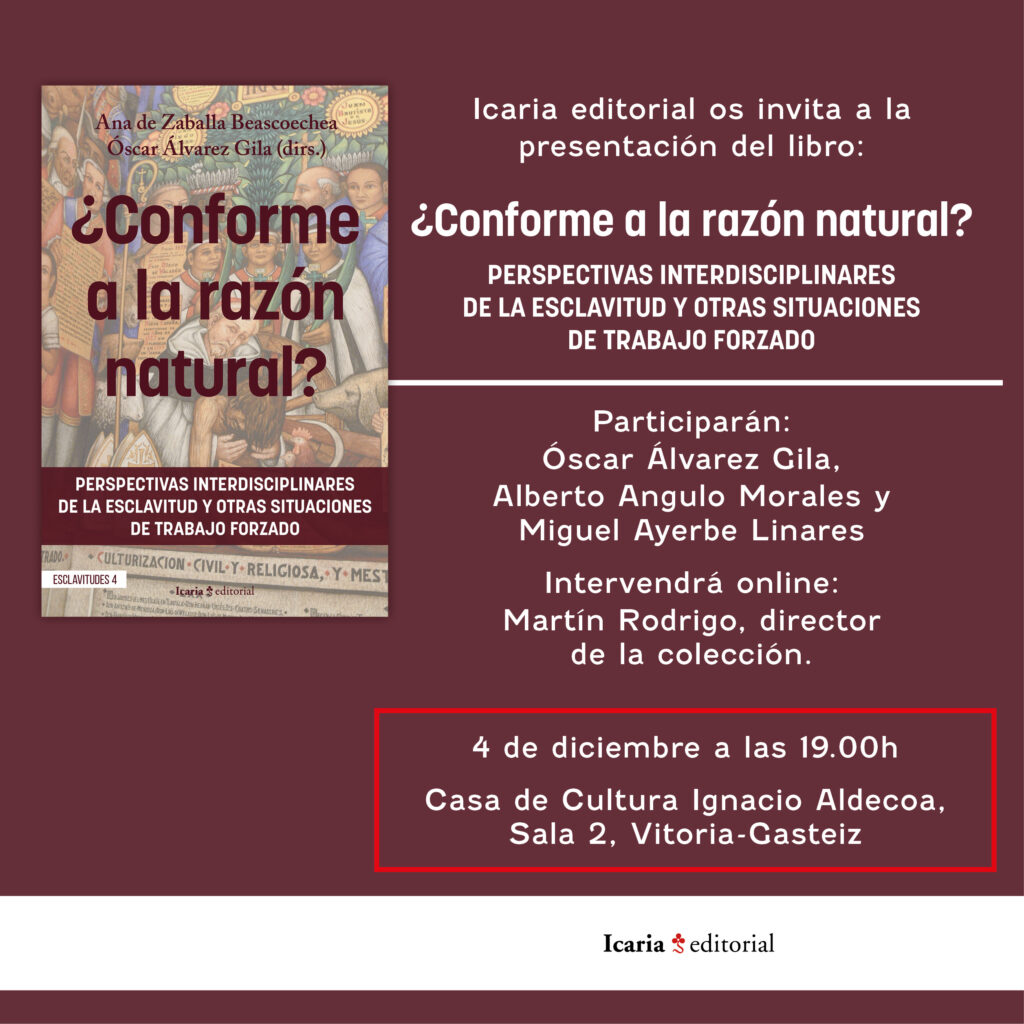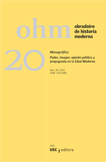La intendencia de La Habana, 1764-1800
Juan Bosco Amores Carredano, investigador de este grupo, publicó a comienzos de 2025 la obra Política, hacienda y sociedad en Cuba. La intendencia de La Habana (1764-1800), que hace el número 17 dentro de la colección «Inéditos de Historia» de la Universidad del País Vasco (UPV/EHU).
En el casi un siglo de sus existencia (de 1764 a 1851), la intendencia de ejército y real hacienda puede considerarse como la institución de gobierno más importante de Cuba, después de la capitanía general, durante el largo periodo de dominio español. Fue, además, la primera intendencia que se estableció efectivamente en la América hispana y modelo de las que se erigieron unos años después en Luisiana y en Caracas. Sin embargo, aunque existen algunos trabajos parciales, no contaba aún con un estudio monográfico como el que recoge esta obra sobre su origen y los primeros treinta y cinco años de su existencia.
Sobre la base de una abundante documentación primaria en su mayor parte inédita, procedente sobre todo de los archivos españoles (en especial el Archivo General de Indias), el presente trabajo se centra en el aspecto institucional y político de la intendencia de ejército y hacienda de la isla de Cuba, tanto en lo que se refiere a la persona del intendente como a su lugar en la estructura de gobierno de la isla, las relaciones con otras autoridades y con las elites habaneras, y con las autoridades indianas y de hacienda en la metrópoli. Este trabajo viene a mostrar hasta qué punto la intendencia cubana, sin que se modificara nunca su peculiar carácter, y aún con todos sus defectos de funcionamiento, facilitó en gran medida la labor del capitán general como primera autoridad de la isla y, de ese modo, La Habana pudo cumplir con relativo éxito el papel que le asignó la Corona como centro estratégico de la política imperial en el Caribe y golfo de México en el complejo contexto internacional del periodo.


